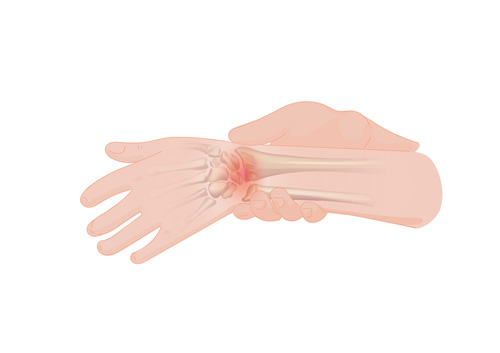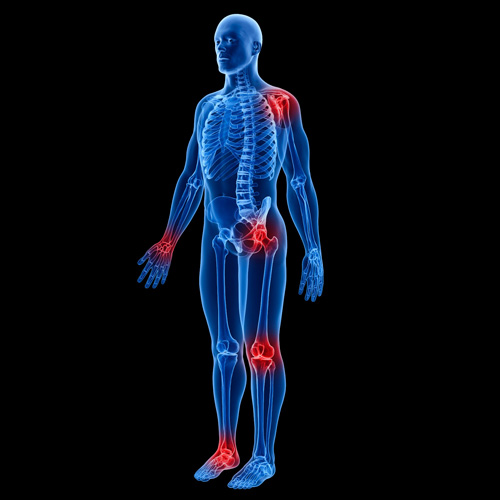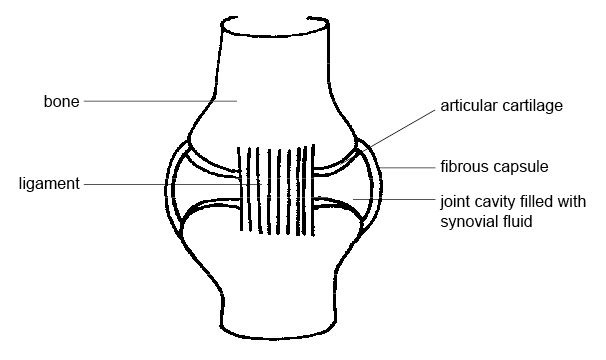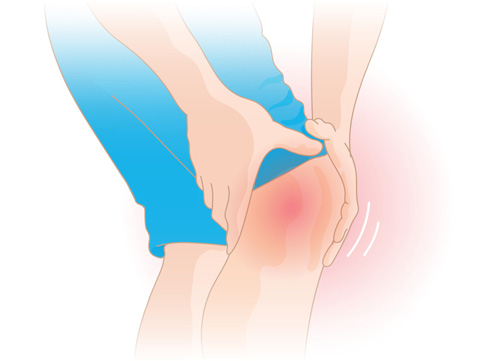Introduction To
Joint Anatomy for Pain Management
Joints are the critical structures that connect bones, allowing movement while providing stability. The most common joints people have pain in include Hip, Shoulder and knee, but the body is full of joints! For individuals suffering from joint pain, understanding the anatomy and function of these structures can help them better grasp the potential causes of their discomfort and the treatment options available in interventional pain management.


Types of Joints in the Human Body
Joints are classified based on their structure and the type of movement they allow:
- Synovial Joints: These are the most common and most mobile joints in the body. Examples include the shoulder, elbow, wrist, hip, knee, and fingers. They feature a joint capsule, synovial fluid for lubrication, and cartilage to cushion the bone ends.
- Cartilaginous Joints: Found in the spine and ribs, these joints provide limited movement while offering structural support.
- Fibrous Joints: These joints are fixed and do not move significantly, such as those in the skull.
Key Components of Joint Anatomy
- Cartilage: This smooth, flexible tissue covers the ends of bones, reducing friction and acting as a shock absorber.
- Synovial Membrane: This lining produces synovial fluid, which lubricates the joint, promoting smooth motion.
- Ligaments: These strong bands of tissue connect bones to stabilize joints and prevent excessive movement.
- Tendons: These attach muscles to bones, enabling movement when muscles contract.
- Bursa: Fluid-filled sacs that cushion pressure points, reducing friction between bones, tendons, and muscles.
- Meniscus (in certain joints): In the knee and other select joints, this cartilage structure provides additional cushioning and stability.


Common Pain-Related Joint Conditions
Joints are prone to wear and tear, injury, and inflammation. Common conditions include:
- Osteoarthritis: A degenerative condition that breaks down cartilage, resulting in stiffness and pain.
- Rheumatoid Arthritis: An autoimmune disorder that causes joint inflammation and destruction.
- Bursitis: Inflammation of the bursa, typically due to repetitive motion or pressure.
- Tendinitis: Inflammation of tendons, often affecting shoulders, elbows, or knees.
- Facet Joint Syndrome: A cause of back and neck pain stemming from irritation of spinal facet joints.
Interventional Pain Management for Joint Pain
Our practice offers advanced treatments designed to manage and alleviate joint-related pain, including:
- Joint Injections: Delivering corticosteroids, anesthetics, or regenerative medicine therapies directly to the affected joint to reduce inflammation and improve mobility.
- Viscosupplementation: Hyaluronic acid injections that improve lubrication in arthritic joints, particularly the knees.
- Nerve Blocks and Radiofrequency Ablation (RFA): Techniques that target nerves transmitting pain signals from damaged joints, providing long-lasting relief.
- Regenerative Medicine Techniques: Including platelet-rich plasma (PRP) and stem cell therapies, aimed at promoting healing and reducing inflammation.
Our Treatment Approach
At Mosaic Pain and Medicine Rehabilitation, we take a multidisciplinary approach to back pain treatment, combining diagnostic expertise, interventional pain procedures, and rehabilitation strategies to provide lasting relief.
-

Comprehensive Lifestyle
Lifestyle Modification Combined with patient tailored cognitive behavioral therapy referral, nutrition, vitamin supplementation
-

Physical and Occupational Therapy
Physical and Occupational Therapy for Functional Improvement
-

Non-Opioid Medication Management
Medications non opioids oral medications
-

Targeted Injections for Pain Relief
Injections; targeting muscle, nerve, bone or sympathetic
-

Neuromodulation Techniques for Pain Management
Neuromodulation; spinal cord stimulation, dorsal root ganglion stimulation, peripheral nerve stimulation
-

Specialist Referrals for Advanced Care
Referral to my colleagues specialized in orthopedic surgery, neurosurgery or neuropsychology.
F.A.Q
General Questions
Joint pain can result from arthritis (osteoarthritis, rheumatoid arthritis), bursitis, tendonitis, ligament injuries, gout, or cartilage degeneration due to aging, overuse, or underlying medical conditions.
We offer physical therapy, joint injections (corticosteroid, hyaluronic acid, PRP therapy), radiofrequency ablation, TENS therapy, and other non-invasive treatments to reduce pain and improve mobility.
You should seek medical attention if your joint pain lasts more than a few weeks, worsens over time, causes swelling or stiffness, or limits your ability to move and perform daily activities.
Yes, most joint conditions can be managed with non-surgical treatments, including medications, injections, physical therapy, and minimally invasive procedures like radiofrequency ablation or nerve stimulation. Surgery is only considered in severe cases.
Share this page:
Facebook
LinkedIn
Twitter
